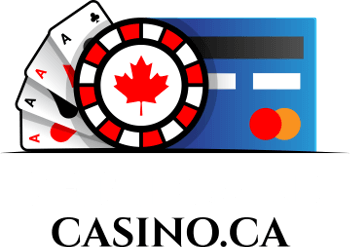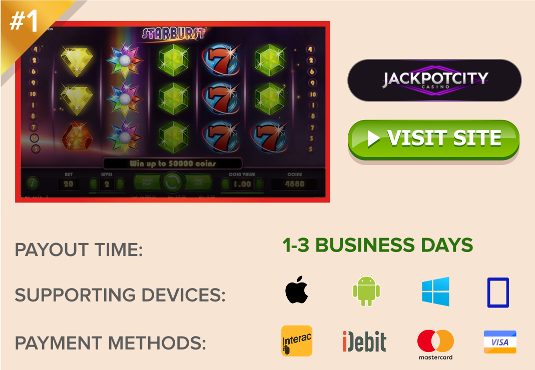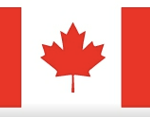Blackjack Basics: The Fundamentals of 21
Introduction to 21: A ground-level deduction of blackjack for beginners.

Blackjack is a card game for two or more participants, one of them being the dealer, also known as the bank or house, whom the player(s) will try to beat. The game is played with a standard deck of 52 cards and begins with each player making an initial wager. Those who make bets are called “in” and they are dealt two cards each, as is the dealer, who places no bet. Players who don’t wager are “out” for the hand and receive no cards.
The value of each card is the number shown on its face for all cards 2 through 10. The so-called “face cards” or “court cards”—the King, Queen and Jack—each have a value of ten. Aces, however, may have a value of either one or eleven. For example, the combination of an Ace and a 5 can be counted as either six or sixteen. The object of the game is for each player to draw cards that total higher than the cards in the dealer’s hand without going over a total of 21.
Beginning the Hand
First, the deck of cards must be prepared for play. The dealer shuffles the cards and then offers the stack of mixed cards to one of the players to “cut.” In most casinos, the player will insert a faceless plastic marker somewhere in the middle of the deck. The dealer will then move all of the cards in front of the marker to the rear with the marker itself at the very end of the deck to keep the otherwise exposed last card from being seen during play. Next, several cards are drawn from the top of the deck sight unseen for placement in a discard tray. This is called the “burn.” Following the burn, the deck is ready for the hand to be dealt.
The dealer will distribute cards clockwise, one at a time to each player, beginning with the player seated to the dealer’s far left. The players’ cards are typically dealt face down in single- or double-deck games, but face up when dealt from a multi-deck “shoe.” The dealer’s two cards are also dealt face down, but as soon as every player has two cards, the dealer will pause and turn over one of his/her cards for all to see. This is the so-called “up card,” and the dealer’s concealed card is called the “hole card.”
Dealer Peek
If the up card has a value of ten, the dealer will peek at the hole card and turn it over if it is an Ace. That means the dealer has exactly 21 and all players’ bets are lost except those who have also been dealt a “natural blackjack,” i.e., an Ace plus a card valued at ten. Players with blackjacks do not lose; they “push” (draw or tie) and receive their original bets back. If the dealer’s hole card is not an Ace, play continues as indicated below.
If the dealer’s up card is an Ace, players may be offered “insurance.” By making an additional wager equal to half of the amount bet initially, they insure against the dealer’s hole card being a ten or a face card, which would result in a natural blackjack. Insured bets are retained, a push, when the dealer has twenty-one. All other bets lose. But if the dealer has anything other than a blackjack, the insurance bet is lost and play continues.
Playing the Hand
If the dealer does not have a blackjack at the outset, players are in turn given four options of play. They may “hit” by taking another card; “stand” by staying with the cards that were dealt, “split” by making two new hands out of a matched pair; or “double down” by increasing the original wager and drawing just one more card. In the latter case, the player has to stay with whatever result comes up and is not allowed to draw again. Also note that in some versions of the game, a fifth option of play is offered called “surrender.” The player can quit the hand and surrender half of the initial bet.
In turn, each player may draw cards, hitting and trying to improve the dealt hand until they either go “bust” (a total exceeding 21) or choose to stand and take no more cards. The dealer, however, must play according to fixed rules and may not split, double down, surrender or take insurance. The dealer must draw until the hand reaches a value of seventeen or more and then stand. No more cards can be taken.
At this point, players who have not busted win their bets if their hands come closer to 21 than the dealer’s or if the dealer busts. The payout is 1-to-1 (even money) on the amount wagered for all winning hands, except for natural blackjacks, which traditionally pay 3-to-2, although the amount has been reduced to 6-to-5 in many modern casinos.
 Jackpotcity.com is our editorial pick for your gaming needs. Currently offering an entire suite of casino games, as well as a wide range of Canadian deposit options, JackPotCity truly offers world-class gaming.
Jackpotcity.com is our editorial pick for your gaming needs. Currently offering an entire suite of casino games, as well as a wide range of Canadian deposit options, JackPotCity truly offers world-class gaming.





